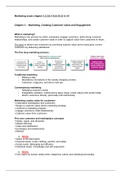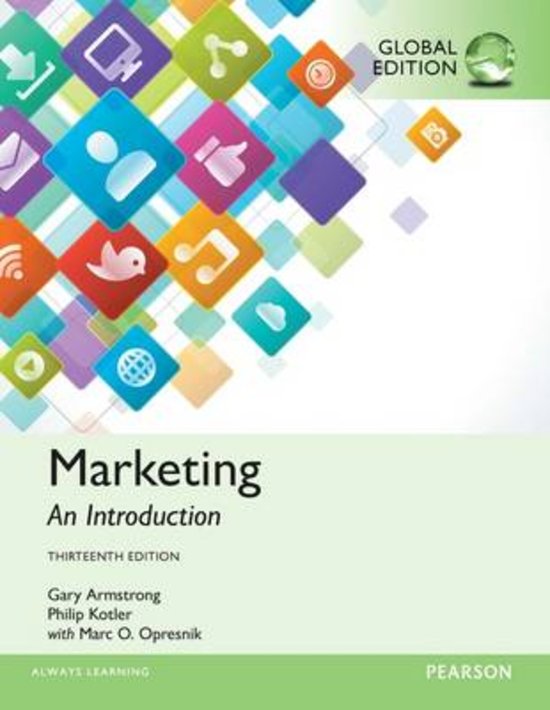Summary
Summary Marketing - An Introduction - Chapter 1,2,3,6,7,8,9,10,12,14 IBMS
- Course
- Institution
- Book
Summary of Marketing book: Marketing 'An Introduction' Thirteenth edition - Gary Armstrong, Philip Kotler with Marc O. Opresnik. Chapter 1,2,3,6,7,8,9,10,12,14 - International Business Studies
[Show more]




